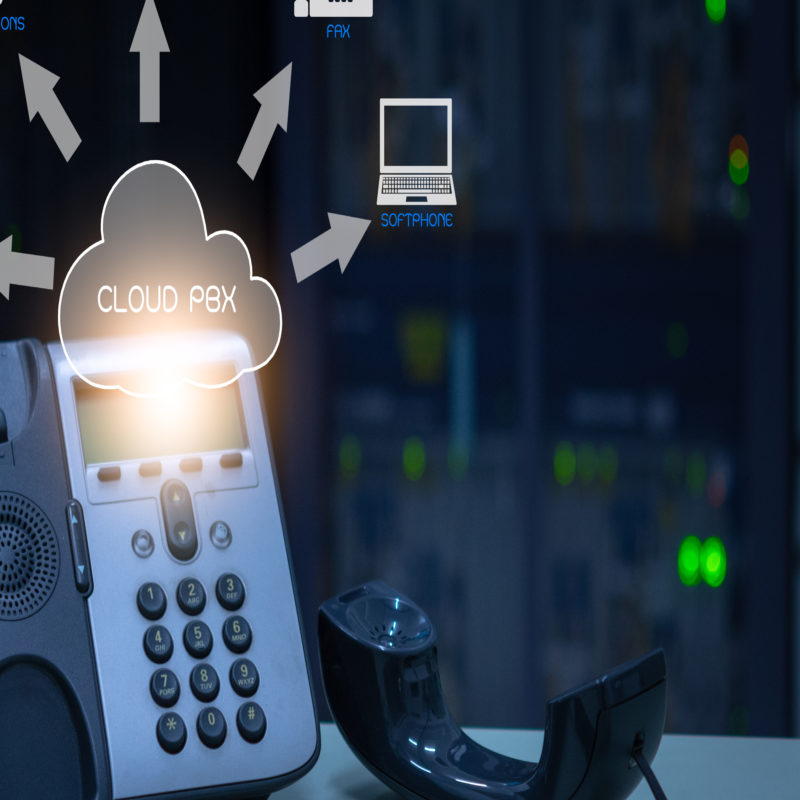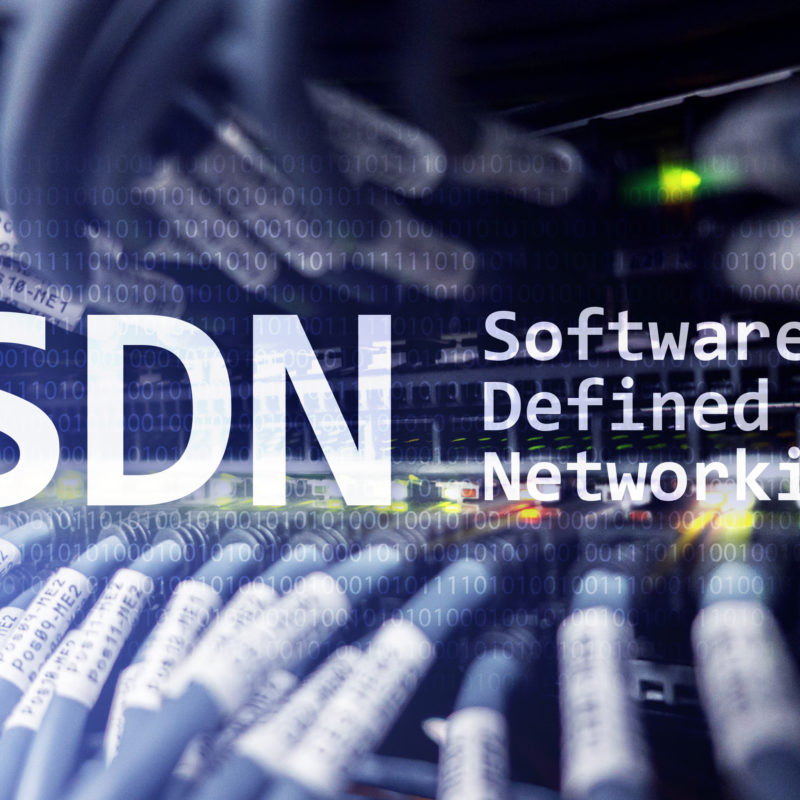Tag
connectivity
Internet connectivity, the means by which individual terminals, computers, mobile devices, and local area networks connect to the global Internet.
Internet access is the ability of individuals and organizations to connect to the Internet using computer terminals, computers, and other devices; and to access services such as email and the World Wide Web. Internet access is sold by Internet service providers (ISPs) delivering connectivity at a wide range of data transfer rates via various networking technologies. Many organizations, including a growing number of municipal entities, also provide cost-free wireless access and landlines.
Availability of Internet access was once limited, but has grown rapidly. In 1995, only 0.04 percent of the world’s population had access, with well over half of those living in the United States,[1] and consumer use was through dial-up. By the first decade of the 21st century, many consumers in developed nations used faster broadband technology, and by 2014, 41 percent of the world’s population had access,[2] broadband was almost ubiquitous worldwide, and global average connection speeds exceeded one megabit per second.[3]
The Internet developed from the ARPANET, which was funded by the US government to support projects within the government and at universities and research laboratories in the US – but grew over time to include most of the world’s large universities and the research arms of many technology companies.[4][5][6] Use by a wider audience only came in 1995 when restrictions on the use of the Internet to carry commercial traffic were lifted.[7]
In the early to mid-1980s, most Internet access was from personal computers and workstations directly connected to local area networks or from dial-up connections using modems and analog telephone lines. LANs typically operated at 10 Mbit/s, while modem data-rates grew from 1200 bit/s in the early 1980s, to 56 kbit/s by the late 1990s. Initially, dial-up connections were made from terminals or computers running terminal emulation software to terminal servers on LANs. These dial-up connections did not support end-to-end use of the Internet protocols and only provided terminal to host connections. The introduction of network access servers supporting the Serial Line Internet Protocol (SLIP) and later the point-to-point protocol (PPP) extended the Internet protocols and made the full range of Internet services available to dial-up users; although slower, due to the lower data rates available using dial-up.
An important factor in the rapid rise of Internet access speed has been advances in MOSFET (MOS transistor) technology.[8] The MOSFET, originally invented by Mohamed Atalla and Dawon Kahng in 1959,[9][10][11] is the building block of the Internet telecommunications networks.[12][13] The laser, originally demonstrated by Charles H. Townes and Arthur Leonard Schawlow in 1960, was adopted for MOS light wave systems around 1980, which led to exponential growth of Internet bandwidth. Continuous MOSFET scaling has since led to online bandwidth doubling every 18 months (Edholm’s law, which is related to Moore’s law), with the bandwidths of telecommunications networks rising from bits per second to terabits per second.[8]
Broadband Internet access, often shortened to just broadband, is simply defined as “Internet access that is always on, and faster than the traditional dial-up access“[14][15] and so covers a wide range of technologies. The core of these broadband Internet technologies are complementary MOS (CMOS) digital circuits,[16][17] the speed capabilities of which were extended with innovative design techniques.[17] Broadband connections are typically made using a computer’s built in Ethernet networking capabilities, or by using a NIC expansion card.
Most broadband services provide a continuous “always on” connection; there is no dial-in process required, and it does not interfere with voice use of phone lines.[18] Broadband provides improved access to Internet services such as:
- Faster world wide web browsing
- Faster downloading of documents, photographs, videos, and other large files
- Telephony, radio, television, and videoconferencing
- Virtual private networks and remote system administration
- Online gaming, especially massively multiplayer online role-playing games which are interaction-intensive
In the 1990s, the National Information Infrastructure initiative in the U.S. made broadband Internet access a public policy issue.[19] In 2000, most Internet access to homes was provided using dial-up, while many businesses and schools were using broadband connections. In 2000 there were just under 150 million dial-up subscriptions in the 34 OECD countries[20] and fewer than 20 million broadband subscriptions. By 2005, broadband had grown and dial-up had declined so that the number of subscriptions were roughly equal at 130 million each. In 2010, in the OECD countries, over 90% of the Internet access subscriptions used broadband, broadband had grown to more than 300 million subscriptions, and dial-up subscriptions had declined to fewer than 30 million.[21]
The broadband technologies in widest use are ADSL and cable Internet access. Newer technologies include VDSL and optical fiber extended closer to the subscriber in both telephone and cable plants. Fiber-optic communication, while only recently being used in premises and to the curb schemes, has played a crucial role in enabling broadband Internet access by making transmission of information at very high data rates over longer distances much more cost-effective than copper wire technology.
In areas not served by ADSL or cable, some community organizations and local governments are installing Wi-Fi networks. Wireless, satellite and microwave Internet are often used in rural, undeveloped, or other hard to serve areas where wired Internet is not readily available.
Newer technologies being deployed for fixed (stationary) and mobile broadband access include WiMAX, LTE, and fixed wireless.
Starting in roughly 2006, mobile broadband access is increasingly available at the consumer level using “3G” and “4G” technologies such as HSPA, EV-DO, HSPA+, and LTE.






